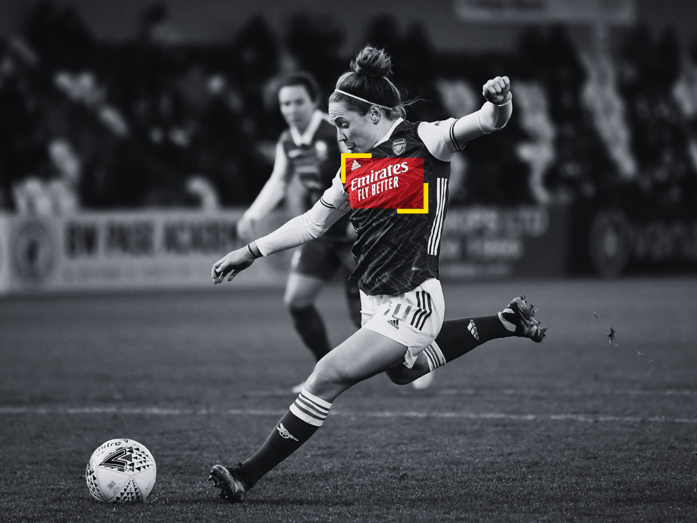Insights and Conversations from the January Virtual Women's Football Collab
Feb 02, 2024 Best Practices & Insights

On January 31st, Relo Metrics hosted a virtual women's football collab. Speakers from different aspects of sports came together to converse and collaborate on how to maximise the sponsorship value of women's football. The speaker panel comprised Maya Herm representing Relo Metrics, Nancy Hensley from Mercury 13, Jonny Madill of Sheridans, Juliet Aldersley of B-Engaged, and Ore Abiona from Southampton FC. Some topics covered included:
-
Brand and athlete partnerships
-
Data and innovation
-
Private investment into the women’s game
-
Newco & WSL - What’s good and where are the gaps?
-
Where is the momentum, who is moving it and who has yet to move?
-
...and more
While the event served as a catalyst for enriching conversations, it also prompted questions that the speakers addressed afterward. Sharing some of these questions will hopefully spark insights into the complexities and opportunities inherent in the ongoing evolution of women's football.
Question 1:
What are some examples of brands that are nailing it in women's football right now?
Answer 1:
An industry that has success in women's football currently is the beauty and health/wellbeing industry. More generally, "female-focused" brands. Some examples include Il Makiage, Superdrug, Joie.
Question 2:
When do you think the UK will match the NWSL and build a purpose-built women's football stadium? For me, that will be the next revolution of the women's game.
Answer 2:
I agree, purpose-built women's football stadiums are a huge and important next step in uplifting women's football. The UK has started making some headway in this area already, as Brighton is currently building a purpose-built stadium for their women's team.
Question 3:
What's driving more growth in fandom in the women's game currently - athletes or teams?
Answer 3:
Athletes are the leaders in driving growth in the fandom. People idolise or identify with certain athletes, which gets them involved in the team. For example, people may not necessarily be a fans of Portugal football team but they're a fans of Christian Ronaldo on and off the field. Those people will find themselves rooting for Portugal in the next World Cup.
Question 4:
How do we ensure competitive balance within leagues with such a disparity of finances?
Answer 4:
This is a tough one but if every team could really focus more on their commercial potential as a more controllable source of revenue as opposed to the revenue they get from the league and broadcast, that could be a good start. Easier said than done because many teams lack the resources to do this, so if the league could help with more education and even more partnerships with sponsorships it might be a good start. They certainly do distribute league-level sponsorship money to the teams today, but it's not a ton of money.
Question 5:
What "big" brands do you think SHOULD be involved but haven't yet understood that getting involved with women's football is the best for them!
Answer 5:
I almost want to say we should ask which ones should NOT be involved rather than the opposite. But for sure any brand who understands that this is an untapped segment of consumers who are younger, more educated, more digital, make more money AND those who understand the potential of the female consumer as massive untapped potential. The brand affinity for those supporting women's sports is strong and it's a much lower entry point than the men's side so the bigger question is why wouldn't they want to be aligned?
“Women have a tremendous amount of influence. We see it everyday in the U.S. with the Barbie movie and Taylor Swift, there’s so much power and influence in women being consumers, but also HUGE influencers.”
Watch Nancy Hensley on Women's Influence as Consumers